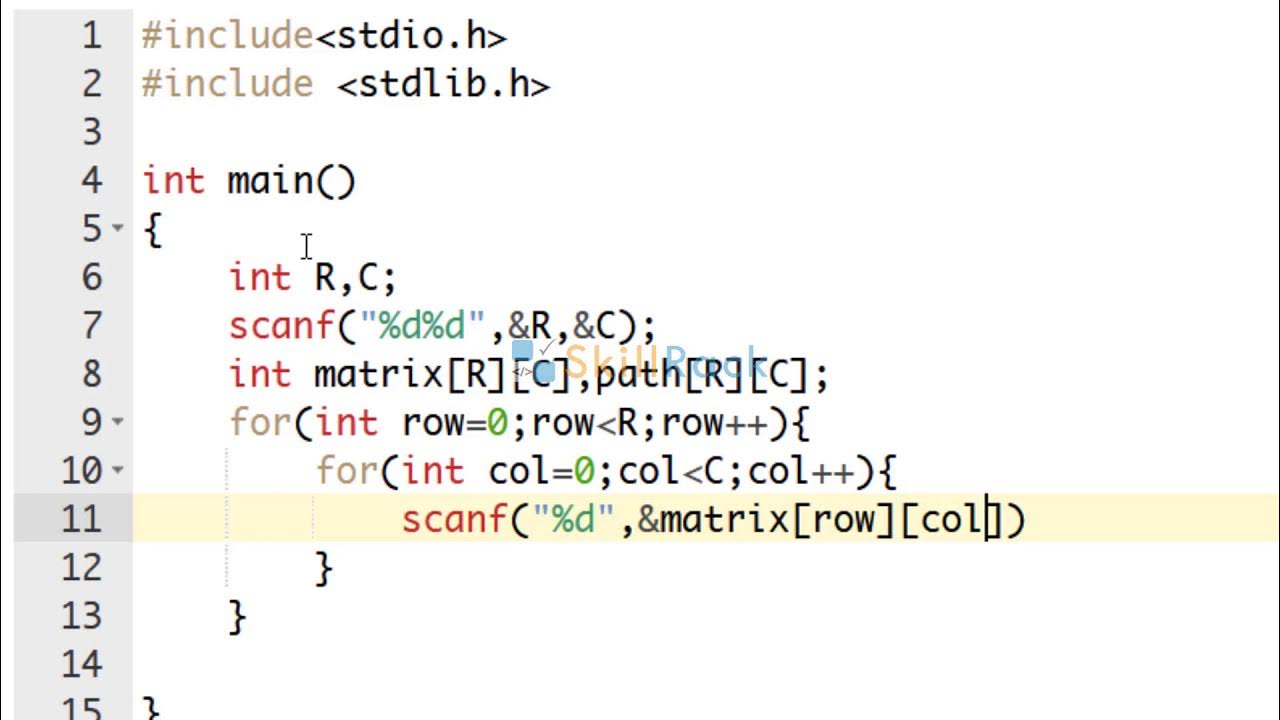CO28 - Linker
Summary
TLDRThe transcript appears to describe a technical process involving a program that assembles objects from various sources. It covers references to multiple object models, files, and memory, emphasizing the combination of these components into a single object program. The process also highlights issues with internal and external references, potential errors in relocation, and differences in models. There are mentions of specific modules, speeds, and configurations that impact how these object programs are created, managed, and executed. The script ultimately conveys technical challenges and solutions related to object models and program execution.
Takeaways
- 🤔 The script discusses a special program involving assembly creation and subscription to various sources.
- 💻 Object models and object files are central to the program, and there's mention of referencing and combining different sources into a single program.
- 📜 A historical or retrospective approach is taken to explain object models, referencing old data or examples from the past.
- ⚙️ The script refers to multiple modules and instructions, such as 'Module 200,' 'Module 210,' and 'Instruction 800 to 1000,' indicating a technical and complex process.
- 🔍 There's a focus on creating a traceable, flexible program by incorporating internal and external references to objects and instructions.
- 🧩 The discussion includes issues with model locations, constants, and reallocation, emphasizing potential problems in managing object files and modules.
- 🗂️ The program involves referencing and utilizing multiple files to create a unified object, with challenges noted in the process.
- 📅 References are made to past instances like 'one day ago' or older data, indicating a program designed to track changes over time.
- 🛠️ The need for resolving internal differences and ensuring proper file creation is mentioned, suggesting that the project involves high-level data integration.
- 📈 The program is intended to handle large-scale processes, mentioning object modules, instructions, and subscriptions for advanced technical workflows.
Q & A
What is the primary focus of the program discussed in the script?
-The program focuses on assembling and managing object files from various sources into a single executable object program.
What is the significance of 'Bigg Boss' in the context of the script?
-'Bigg Boss' seems to be referenced as a source or file related to the program, possibly containing key reference points or models.
What is meant by 'object model' in the script?
-An object model refers to a structured representation of data or instructions that are part of the program, potentially used for referencing, subscribing, or modifying as per different modules.
How does the program handle 'external references' according to the script?
-The script mentions potential problems with external references, particularly when dealing with models and memory locations. These issues need to be resolved to ensure proper execution of the program.
What is the role of 'subscribe' in the context of the program?
-'Subscribe' refers to connecting to or enrolling in modules or sources, possibly to keep track of updates or changes to object files and references within the program.
What is the 'real location constant' discussed in the script?
-The 'real location constant' seems to refer to a specific, fixed memory or module location used for object models, ensuring stability and consistency during execution.
What challenges are mentioned regarding memory and object models?
-The script highlights challenges with maintaining memory consistency, especially with internal and external differences in object models. There is a focus on resolving these issues to avoid program crashes or incorrect results.
What does 'relocation' refer to in the script?
-'Relocation' refers to adjusting or redefining memory addresses or object models to fit within a new structure or to address issues related to external references and changes in the program.
What is the purpose of 'deposit files' in the program?
-'Deposit files' likely contain saved data or instructions that can be accessed or referenced by the program. They are essential for maintaining program integrity and completing certain actions.
What is the overall goal of the program according to the script?
-The program aims to combine and manage various object files, resolve differences between references and models, and ultimately create a functional, unified executable that addresses both internal and external dependencies.
Outlines

This section is available to paid users only. Please upgrade to access this part.
Upgrade NowMindmap

This section is available to paid users only. Please upgrade to access this part.
Upgrade NowKeywords

This section is available to paid users only. Please upgrade to access this part.
Upgrade NowHighlights

This section is available to paid users only. Please upgrade to access this part.
Upgrade NowTranscripts

This section is available to paid users only. Please upgrade to access this part.
Upgrade NowBrowse More Related Video

LACS Elite S2 V3 P2 LogicCode

Some Antibiotic Stewardship Interventions Have Negative Effects

Medicare Value-Based Payments Explained

Test For H2S gas with lead acetate on moist filter paper

Effective Reps: Does Training To Failure Matter For Muscle Growth? | Science Explained

Data Lineage with Unity Catalog
5.0 / 5 (0 votes)